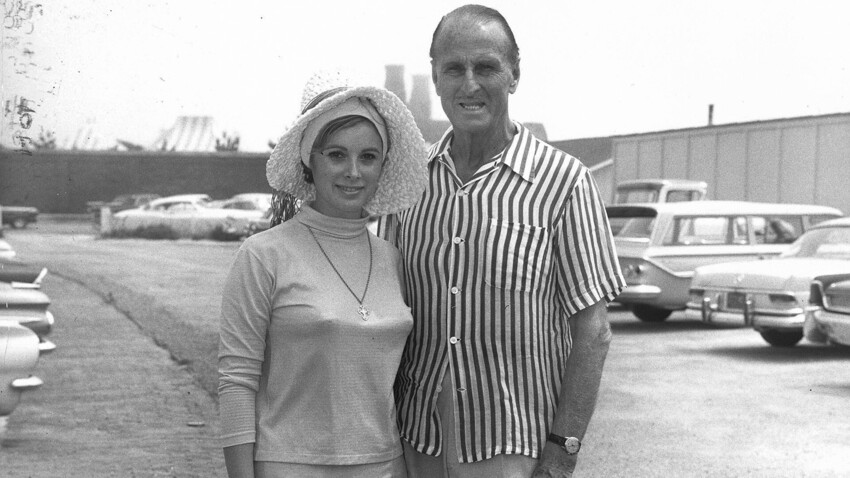
Under the cover of the night on September 13, 1943, a team of four U.S. commandos parachuted behind the enemy lines in Sardinia with an audacious mission to make the enemy troops on the Island surrender to the Allies.
The man leading the team was a 53-years old Russian aristocrat, who had volunteered into the U.S. army as a soldier. This was his first combat jump.
Before Russian aristocrat Serge Obolensky was pushed by a series of twists of fate to lead the secret U.S. mission in Sardinia, the Russian prince by birth – and a descendant of Rurik, founder of Russia – took advantage of his elevated status and lived a remarkable life in his native country.
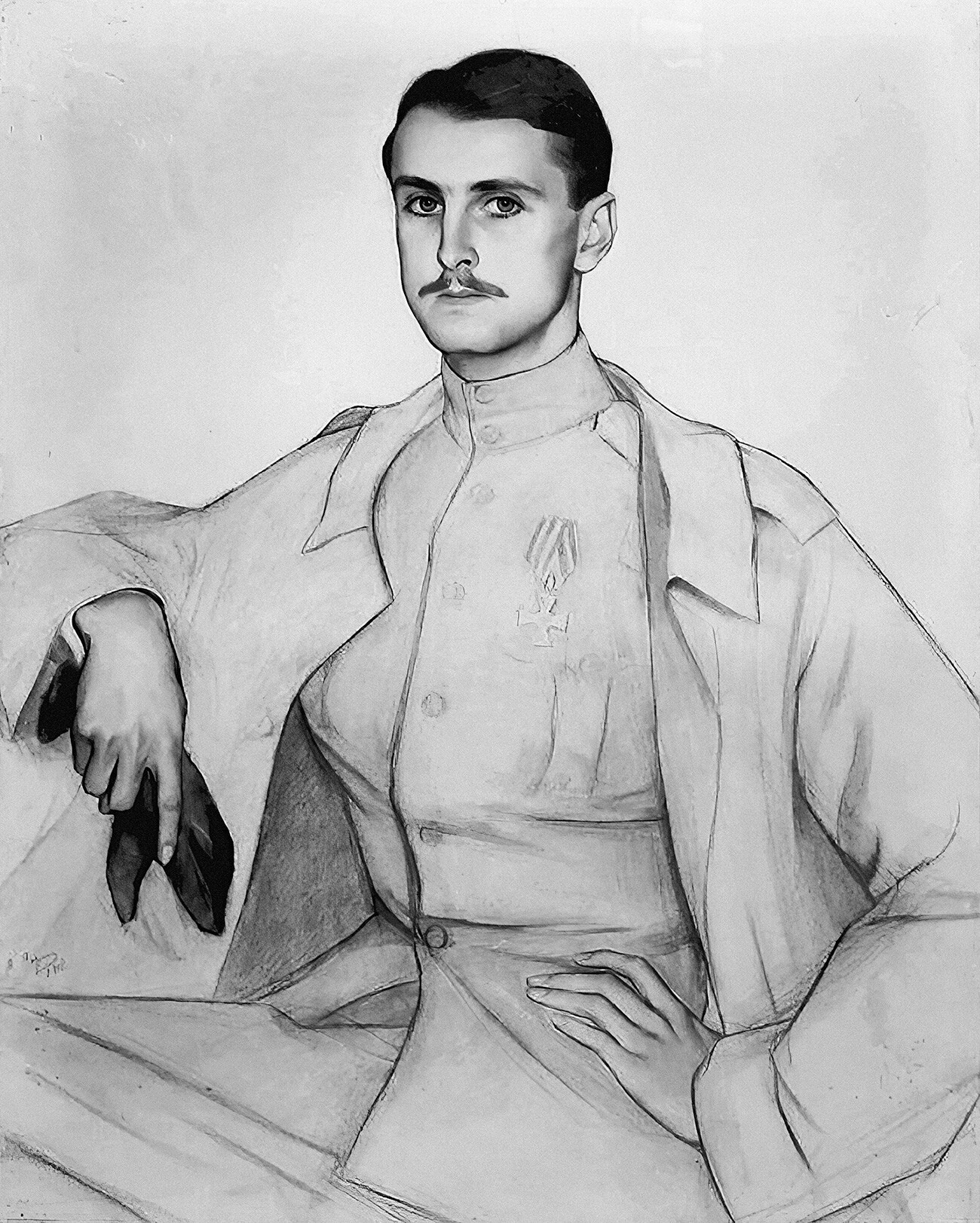
Portrait Of Serge Obolensky - Russian School - 19th Century.
Legion MediaIn his youth, the prince went to study in Oxford where he mingled with English aristocracy, including future king of England Edward VIII. As World War I broke out, Obolensky returned to Russia and enlisted in the army as an officer in the Cavalier Guard regiment.
In 1916, the war hero married a Russian princess, a daughter of Russian Emperor Alexander II. Then, the Russian Revolution changed his life forever.
Fleeing from the Bolsheviks, the couple temporarily settled in London, where Obolensky could access $200,000 in his Swiss bank accounts. This was a fraction of the family’s fortune, but it was more than many of the fellow aristocrats were able to funnel out of Russia.
Nonetheless, the marriage fell apart. The Russian prince found a job as a salesman in London and the new opportunity did not make him sit idle for too long.
At one of the social events, Obolensky met Alice Muriel Astor, a daughter and heir of John Jacob Astor IV, one of the richest people in the United States, who was among the passengers of the Titanic in 1912.
The two married and the couple moved to the U.S., where the Russian prince became a confidant to Vincent Astor, the head of the family business.
“Vincent suggested that I look things over and make my suggestions, as I had lived much of my life in the best hotels of Europe. He made me a sort of general consultant, promotion man and trouble-shooter… This is how I started in the hotel business,” said Obolensky.
Under Obolensky’s supervision, The St. Regis hotel in New York changed its interiors from old-fashioned lobbies to modern public areas, built a Russian-themed nightclub and hired a chef who had once cooked for the tsar.
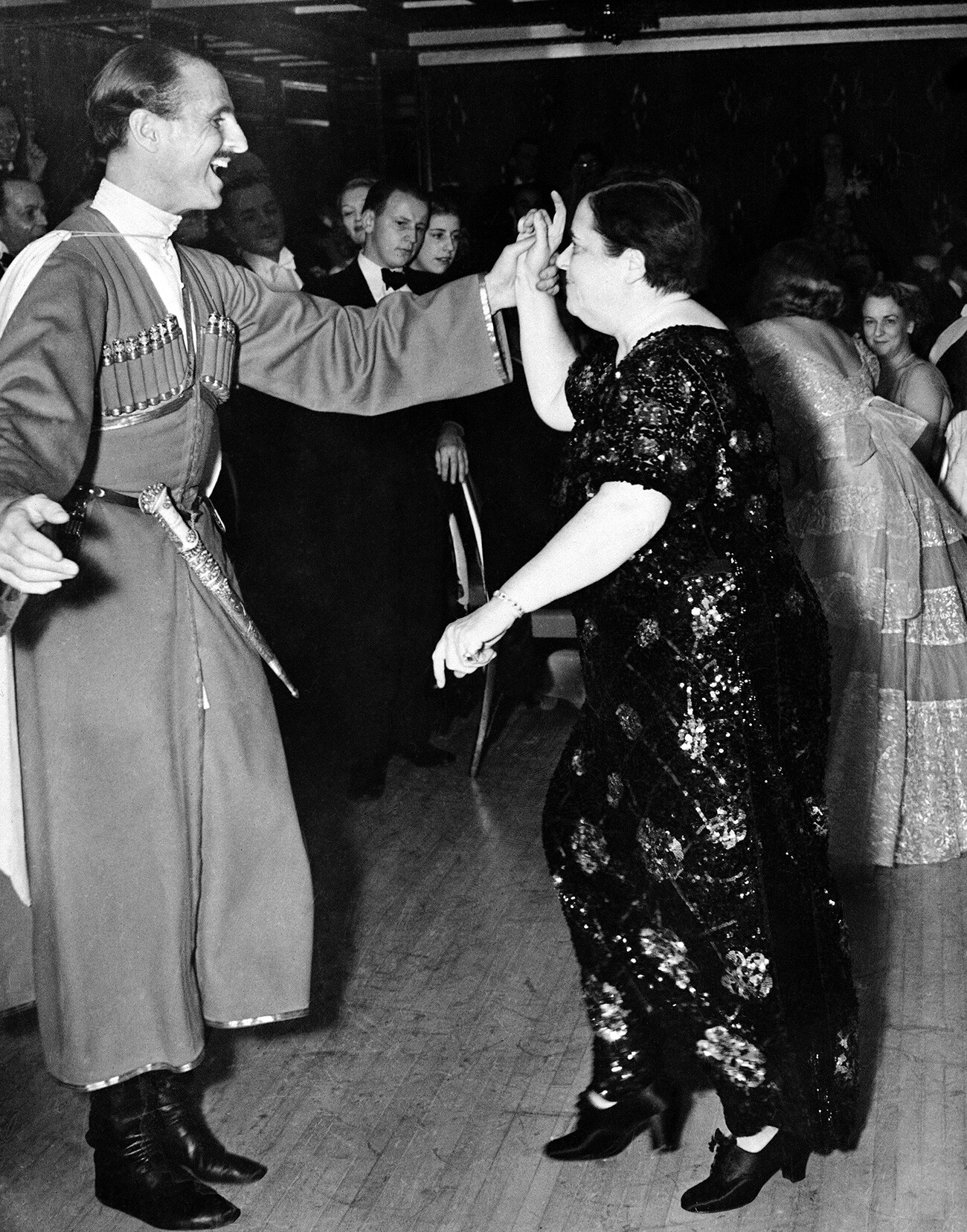
Prince Serge Obolensky and Elsa Maxwell, New York Society hostess, at a Russian big apple party given in New York, for the benefit of the Russian Refugee Children’s Welfare Society, on Dec. 4, 1937.
AP“I found it captivating and a challenge,” said Obolensky, who quickly became a successful business executive, attracting a lot of wealthy and privileged people to his hotel for lavish parties and social events.
In 1931, Serge became a naturalized American citizen. A decade later, another world war broke out and the old warrior felt the call of duty once again.

Serge Obolensky Petition For Naturalization From 1925.
Legion MediaObolensky volunteered to join the U.S. Army, but he was rejected because he was nearly 50 years old with experience in the cavalry, an obsolete military branch at the time of modern warfare.
Yet, the Russian did not take no for an answer. Working at the hotel, he joined the State Guard, a state military reserve, as a soldier and trained in his free time to pass exams to become an officer.
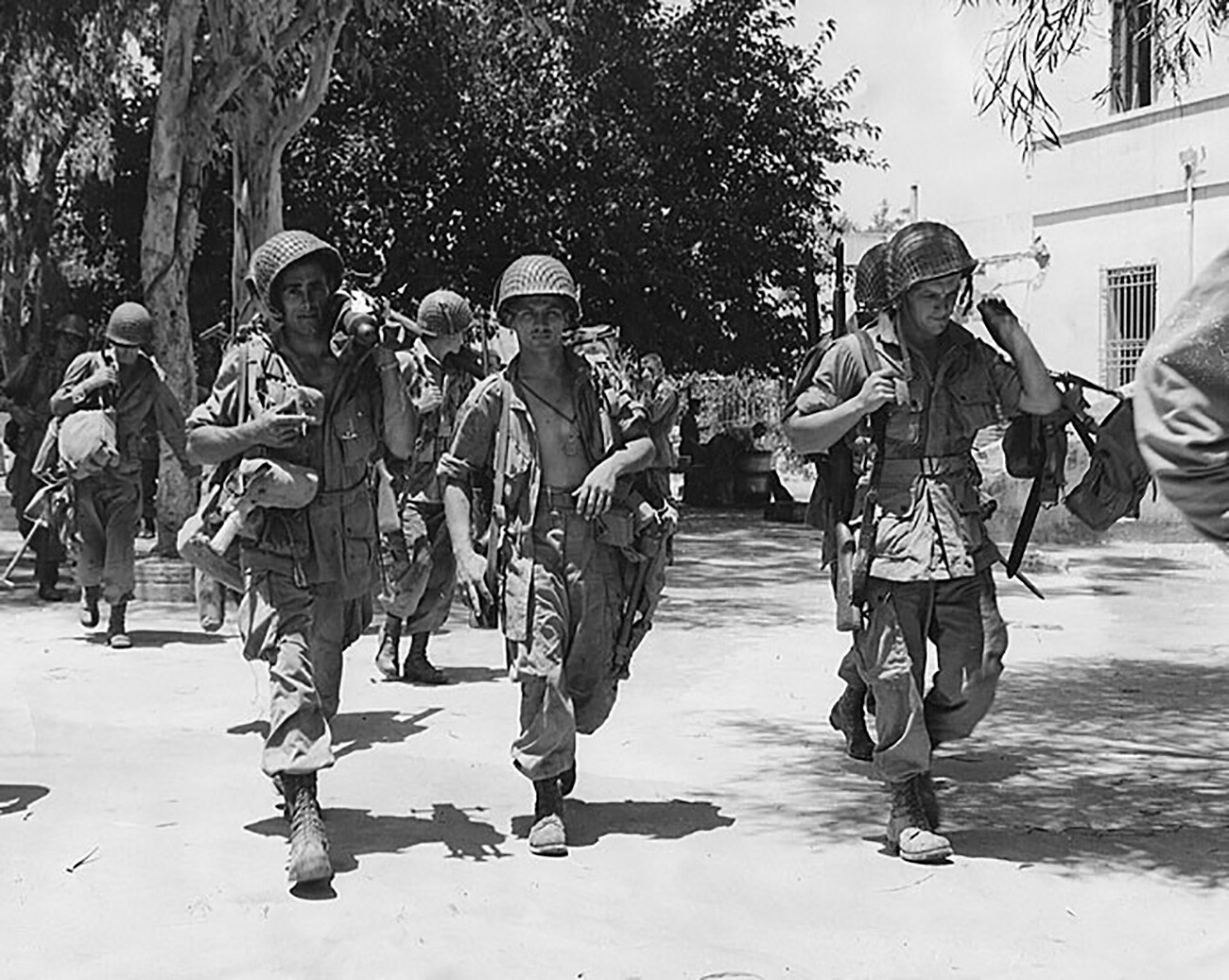
Members of the 504th Parachute Infantry Regiment.
Public domainIt was highly unlikely to see action as part of the State Guard and Obolensky started probing other options by utilizing his extensive personal connections. Asking a friend in the military how he could be transferred to a combat unit, he received a surprisingly straightforward answer:
“Why don’t you talk to Bill Donovan? He’s staying in your hotel.”
Bill Donovan was just promoted to the head of the newly formed Office of Strategic Services, a predecessor agency to the CIA and the U.S. Army Special Forces. Obolensky approached Donovan and, by a mere faculty of conviction, instantly became a U.S. commando.
In his own words, the training “nearly killed” him. At the age of 53, Obolensky officially became the oldest American citizen in history to make the first parachute jump.
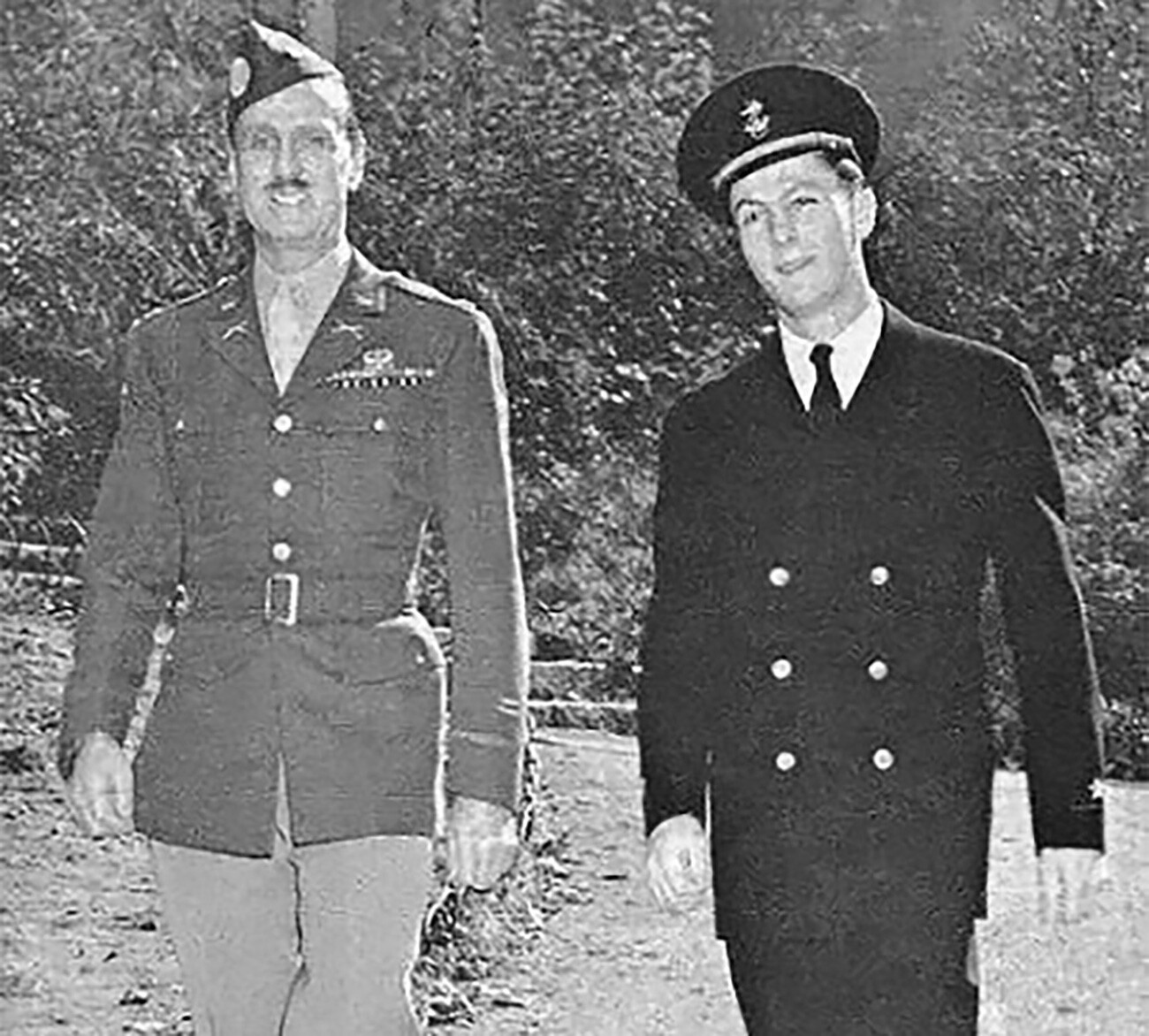
Serge Obolensky in the U.S. Army.
Archive photoAccording to an account of OSS instructor Lt. Jerry Sage, Obolenskly insisted on going along with the agency’s tradition of making all five qualifying parachute jumps in one day in spite of his age.
“Sky [Obolensky’s codename in the OSS], the tall gentleman… then about fifty-four years old… He was a real man — tough, resilient and good-humored. He trained hard and, despite his greater age, he kept up with all the younger fellows and did everything we did,” said Sage.
Before the fifth jump, Obolensky’s legs started to hurt so bad he could hardly work and the curator tried to block his way. To this, the Russian reportedly yelled out: “Throw me out of the plane, damn it!” He received his paratrooper’s insignia on the same day.
Simultaneously, Obolensky was also involved in shaping the commandos training at the agency by translating a manual for Soviet partisans into English and introducing the tactics into the training program thus forming the basis for the preparation of U.S. sabotage groups.
In September 1943, the Allies were ready to invade Italy to weaken the Nazi-led Axis Powers coalition in World War II. A garrison of 20,000 German and over 270,000 Italian troops on the island of Sardinia presented a problem. Preoccupied with fighting on the mainland, the Allies planned to capture the island without having to resort to another full-scale invasion.
Armed with a letter from Eisenhower and his charm, Obolensky parachuted onto the enemy’s territory under the cover of the night with three other commandos on a mission to convince General Basso, who commanded the Italian forces on the island, to surrender.
The four men buried their parachutes, set the communications gear and proceeded to the nearest town on a reconnaissance mission.
Approaching a police station in the town of Cagliari, Obolensky acted as if he had battalions of paratroopers under his command waiting nearby.
“I have a very important message from the King of Italy and General Badoglio to General Basso. Take me to him!” he reportedly told the chief of police.
Obolensky convinced General Basso to follow the order of the Italian King and President Eisenhower and surrendered troops under his command on the island. Soon, Obolensky radioed to the OSS headquarter:
“…except for the Germans retreating in the far north, Sardinia [is] ours.”
The mission that liberated Sardinia without the loss of a single American life was proclaimed a major success of the OSS and the emerging American intelligence service. And the Russian who pulled it off returned to live in the U.S.
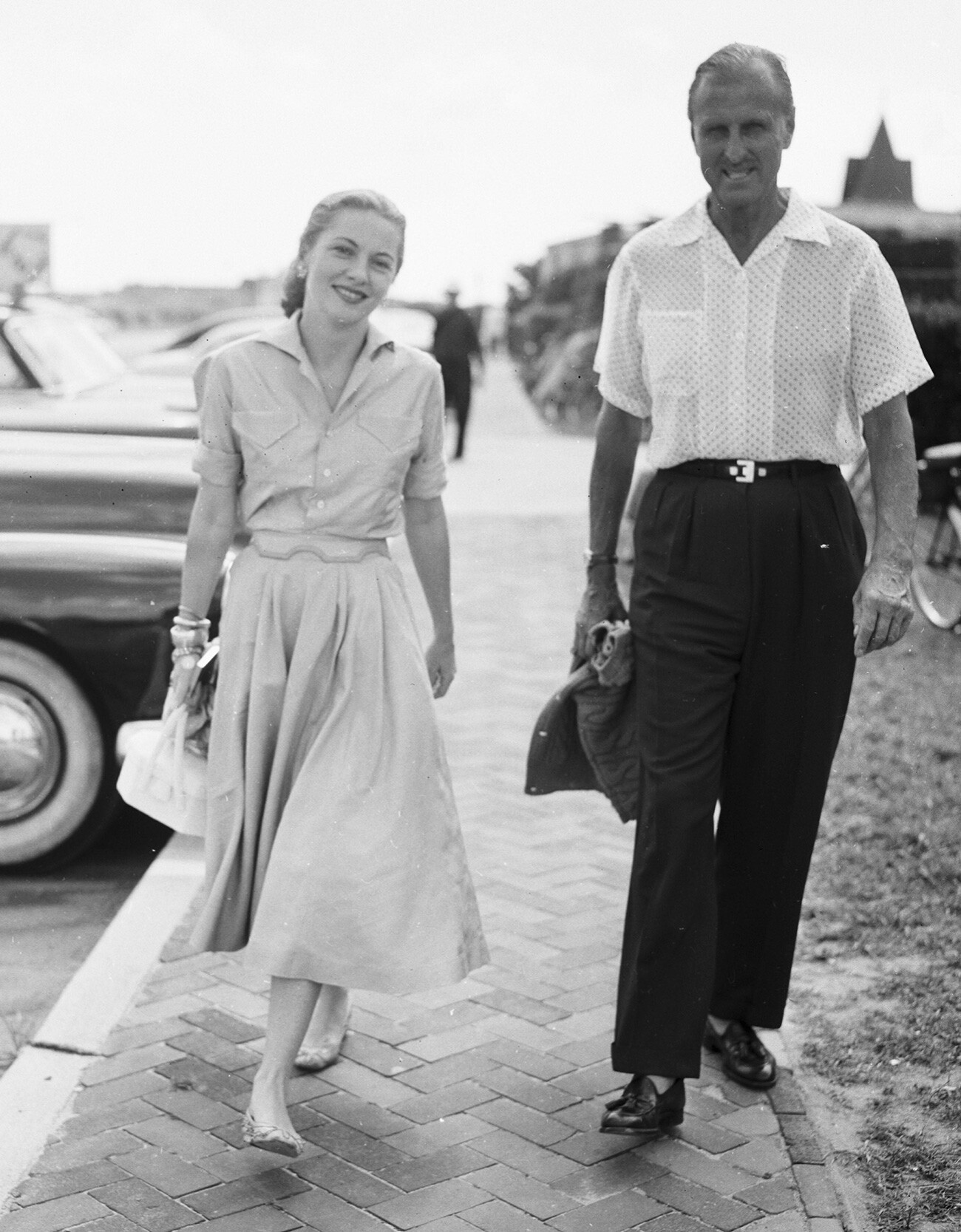
Col Serge Obolensky And Actress Joan Fontaine Arrive At The Southampton Beach Club In Southampton, L.I.,Ca 1950.
Legion MediaSubsequently, Obolensky worked for the Hilton Hotel chain and, later, started his own public relations firm in New York titled ‘Serge Obolensky Associates, Inc.’. Until the last days of his life he continued to hobnob with politicians and celebrities of the highest rank. The Russian prince and the U.S. commando died in 1978 at the age of 88.

Jill St. John & Prince Serge Obolensky, Southampton, Ca 1960.
Legion MediaSpeaking of Obolensky, his secretary provided a brief insight into the man’s ability to succeed in life on both continents:
“He could charm the birds from the trees.”
Dear readers,
Our website and social media accounts are under threat of being restricted or banned, due to the current circumstances. So, to keep up with our latest content, simply do the following:
If using any of Russia Beyond's content, partly or in full, always provide an active hyperlink to the original material.
Subscribe
to our newsletter!
Get the week's best stories straight to your inbox